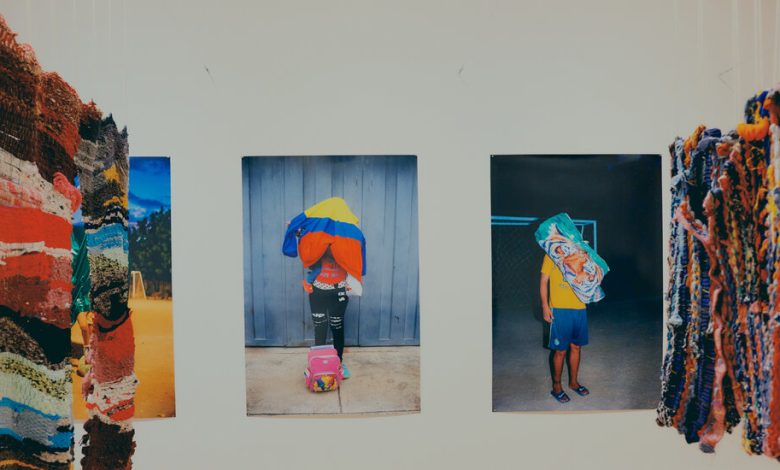In Art, Migrants Weave Memories of Their Great Escape

Last year, the Guggenheim Museum displayed a major survey of the works of Gego, or Gertrud Goldschmidt, the German-born artist who fled to Venezuela when the Nazis took power. Living there until her death in 1994, the artist thrived, creating what The New York Times art critic Holland Cotter called “some of the most radically beautiful sculpture of the second half of the 20th century.”
At the TriBeCa nonprofit gallery Apexart, the exhibition “Build what we hate. Destroy what we love,” heralds the rise of a reverse diasporic culture flowing from the South American country.
Its three presenting artists, along with the curator Fabiola R. Delgado, belong to the nearly eight million Venezuelan refugees, migrants, and asylum seekers who have left the country in the past decade, according to the United Nations refugee agency.
The 16 pieces make up what Delgado calls “objects of embodied memories”: textiles made of clothing collected from displaced Venezuelans; a video installation showing family photos hastily packed before fleeing the country; an anonymously published map of migrant routes, collected in neighboring Colombia.
“There are so many artists worldwide making art dealing with migration, but there isn’t a migrant art category,” Delgado said in a recent interview. “These three artists are developing new languages to speak about this phenomenon; they don’t show faces or carry a sensationalist focus on trauma.”
